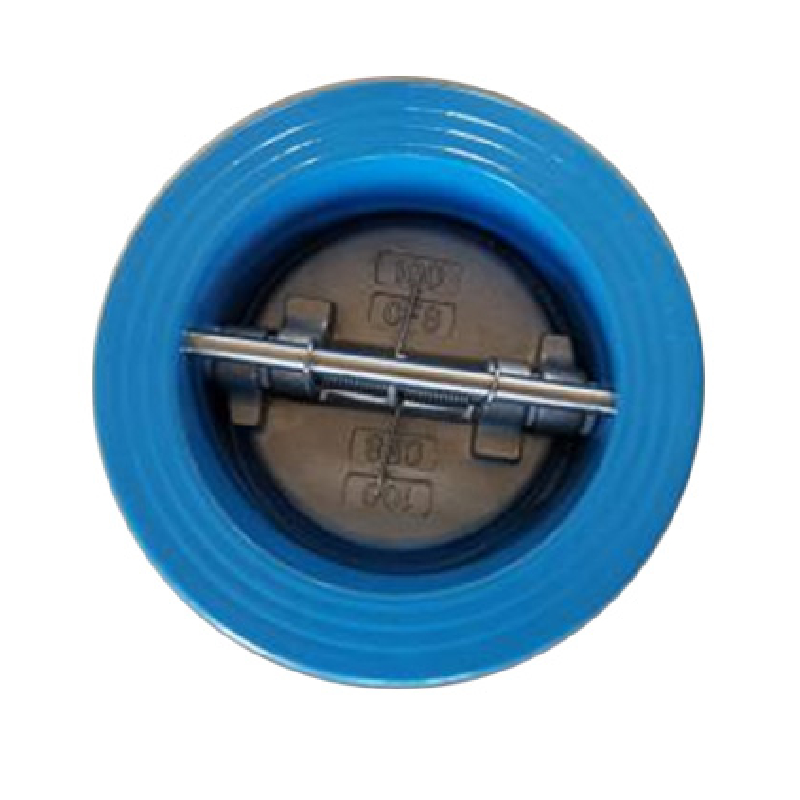10 月 . 20, 2024 05:07 Back to list
3 way air valve
The Importance of 3-Way Air Valves in Industrial Applications
In modern industrial systems, effective control and distribution of air and gases are crucial for maintaining operational efficiency and safety. One significant component that plays a vital role in these systems is the 3-way air valve. As its name suggests, a 3-way valve has three ports that facilitate the management of airflow within various applications. This article explores the functionality, types, applications, and benefits of using 3-way air valves in industrial settings.
Understanding 3-Way Air Valves
A 3-way air valve can direct the flow of air or gas in three different ways, which allows for either mixing or diverting functions. Depending on its design, the valve may either switch the flow from one source to another or combine two sources into one output. The two most common types of configurations for 3-way valves are
1. Diverter Configuration This type redirects the flow from one inlet to either of the two outlets. It is particularly useful in systems where it is necessary to change the direction of airflow based on varying operational requirements.
2. Mixing Configuration In contrast, the mixing configuration combines air or gas from two separate sources into one outlet. This functionality is essential in processes where controlled mixtures are required, such as in applications involving combustion or chemical reactions.
Applications of 3-Way Air Valves
3-way air valves are utilized in a vast range of industrial applications, including
- Pneumatic Systems These valves are essential components in pneumatic systems where they control the supply and exhaust of air, enhancing the operation of actuators and other devices.
- HVAC Systems In heating, ventilation, and air conditioning systems, 3-way valves regulate the flow of air, contributing to temperature regulation and ventilation efficiency.
- Process Control Industries such as chemical manufacturing require precise control of gas mixtures. 3-way valves enable accurate adjustments to maintain desired process conditions.
3 way air valve

- Automated Systems With the rising trend of automation in industries, 3-way air valves are increasingly integrated into control systems, allowing for remote operation and monitoring, thus improving productivity and reducing labor costs.
Benefits of Using 3-Way Air Valves
The implementation of 3-way air valves in industrial systems offers numerous advantages
1. Improved Efficiency By allowing for efficient direction control of airflow, these valves help optimize energy use within systems, leading to significant cost savings over time.
2. Flexibility The versatility of 3-way valves allows them to adapt to various operational conditions, making them ideal for industries with dynamic environments where processes frequently change.
3. Space-Saving Design 3-way valves consolidate functionality into a single unit, reducing the need for multiple valves and thus saving space in complex piping systems.
4. Ease of Maintenance Many 3-way air valves are designed for easy access and maintenance. This feature minimizes downtime and maintenance costs, ensuring prolonged operational integrity.
5. Enhanced Safety By allowing precise control over the flow of air and gases, these valves help in preventing dangerous situations such as leaks or excess pressure build-up, thus promoting a safer working environment.
Conclusion
In summary, 3-way air valves are integral components in a wide array of industrial applications. Their ability to efficiently control the flow of air and gases offers significant operational advantages, including improved efficiency, flexibility, and safety. As industries continue to evolve and seek greater automation and control, the role of 3-way air valves will undoubtedly become more prominent. Implementing these valves can lead to not only enhanced performance of industrial systems but also substantial long-term cost savings and operational reliability. Therefore, for anyone involved in designing or maintaining industrial systems, understanding and utilizing 3-way air valves is essential for achieving optimal performance and safety.
Share
-
Understanding the Differences Between Wafer Type Butterfly Valve and Lugged Butterfly ValveNewsOct.25,2024
-
The Efficiency of Wafer Type Butterfly Valve and Lugged Butterfly ValveNewsOct.25,2024
-
The Ultimate Guide to Industrial Swing Check Valve: Performance, Installation, and MaintenanceNewsOct.25,2024
-
Superior Performance with Industrial Swing Check Valve: The Essential Valve for Any SystemNewsOct.25,2024
-
Industrial Swing Check Valve: The Ideal Solution for Flow ControlNewsOct.25,2024
-
You Need to Know About Industrial Swing Check Valve: Functionality, Scope, and PerformanceNewsOct.25,2024